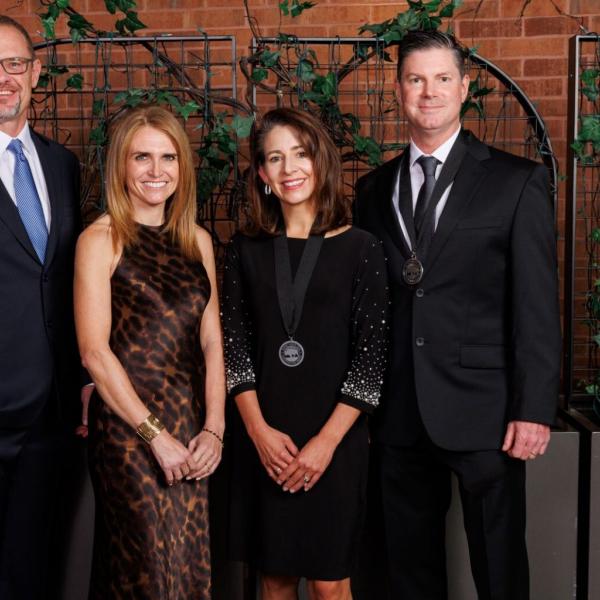Edward Henry
 My research explores major shifts in the structure of social, economic, and political organization. I am specifically interested in the transformation of both ritual/religious and economic structures as complex hunter-gatherers transition to a heavier reliance on domesticated food production. Globally, this change is generally manifested by the development of inter-regional exchange networks, the construction of monumental architecture, and participation in ritual/religious movements. Currently, I am examining these changes by way of Early and Middle Woodland populations that inhabited the Ohio River Valley of Eastern North America between approximately 800 B.C. and A.D. 250. These peoples built burial mounds and geometric earthworks, organized a continental trade network, and developed ritual symbolism and practices that may represent the beginning of a religious institution. However, peoples of the Ohio Valley participated in this cultural development at various scales. Because of the disparity in how people participated in the dynamic economic and religious structures during this time, I approach these issues from a broad landscape scale. Geographic information systems (GIS), various remote sensing techniques (LiDAR, aerial photography, geophysical), geoarchaeology, and Bayesian modeling of chronometric dates allow me to evaluate structural change of varying types and degrees across social landscapes in the Ohio River Valley. My dissertation research investigates Early and Middle Woodland landscapes in the Bluegrass Region of Kentucky and their development through time; focusing on how and why peoples periodically convened to alter their surrounding environment within the context of social transformation and ritual action.
My research explores major shifts in the structure of social, economic, and political organization. I am specifically interested in the transformation of both ritual/religious and economic structures as complex hunter-gatherers transition to a heavier reliance on domesticated food production. Globally, this change is generally manifested by the development of inter-regional exchange networks, the construction of monumental architecture, and participation in ritual/religious movements. Currently, I am examining these changes by way of Early and Middle Woodland populations that inhabited the Ohio River Valley of Eastern North America between approximately 800 B.C. and A.D. 250. These peoples built burial mounds and geometric earthworks, organized a continental trade network, and developed ritual symbolism and practices that may represent the beginning of a religious institution. However, peoples of the Ohio Valley participated in this cultural development at various scales. Because of the disparity in how people participated in the dynamic economic and religious structures during this time, I approach these issues from a broad landscape scale. Geographic information systems (GIS), various remote sensing techniques (LiDAR, aerial photography, geophysical), geoarchaeology, and Bayesian modeling of chronometric dates allow me to evaluate structural change of varying types and degrees across social landscapes in the Ohio River Valley. My dissertation research investigates Early and Middle Woodland landscapes in the Bluegrass Region of Kentucky and their development through time; focusing on how and why peoples periodically convened to alter their surrounding environment within the context of social transformation and ritual action.




